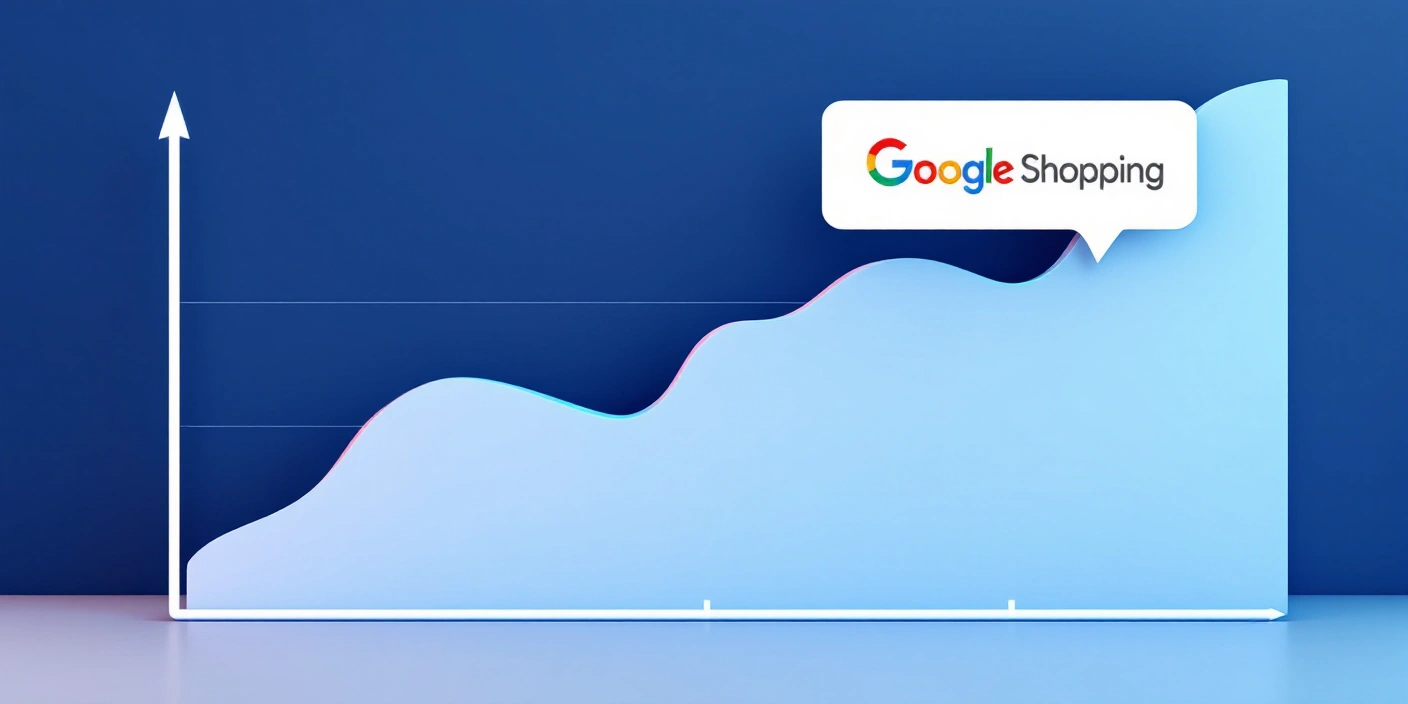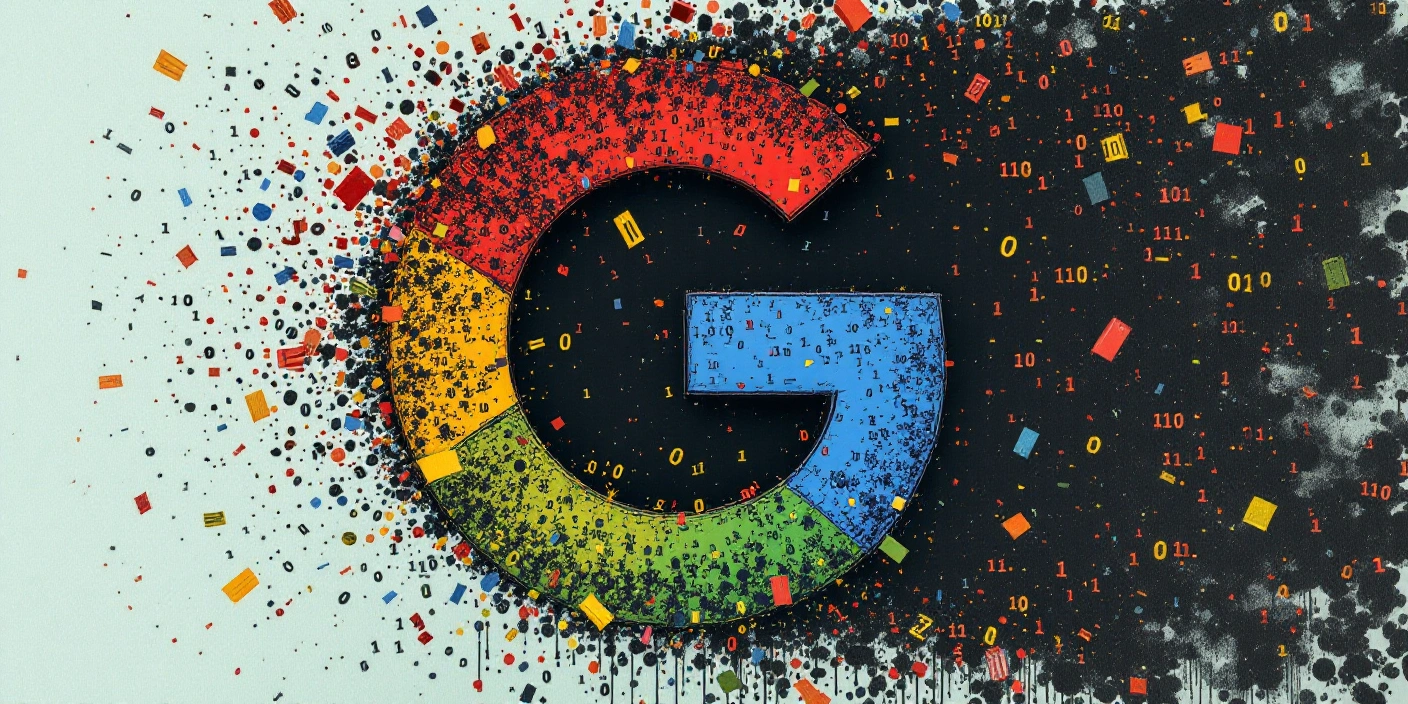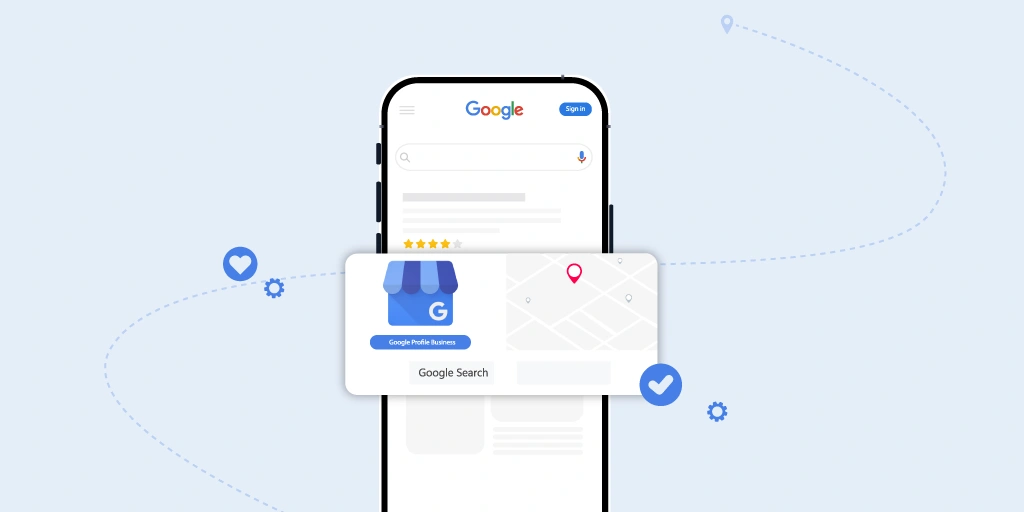How Google’s Shopping Graph Actually Impacts SEO (2026 Guide)

Disclaimer: This article is an interpretation of publicly available information from Google and other industry sources, combined with Appear Online’s professional experience in e-commerce SEO. It is not an official Google document, policy update or ranking confirmation.
Google’s Shopping Graph Explained (2026 Edition)
Google recently published an updated look at how the Shopping Graph works - and although the article was framed for everyday consumers and merchants, the implications for SEO in 2026 are massive.
If you run an e-commerce brand, your visibility is now shaped by far more than keywords, backlinks or traditional product optimisation. Google is increasingly relying on a dynamic, real-time product knowledge graph that understands:
- What every product is
- Who sells it
- How it’s priced
- How well it’s reviewed
- Whether it’s in stock
- How trustworthy the seller is
- And how all of these factors shift minute-to-minute
This is the Shopping Graph - a constantly updating map of global commerce that now plays a major role in ranking, product surfacing and AI-driven recommendations.
In this article, we break down exactly what the Shopping Graph is, how it works, and (most importantly) what e-commerce businesses must do in 2026 to stay competitive.
What Is Google’s Shopping Graph? (In Plain English)
Google describes the Shopping Graph as a dataset containing billions of product listings that helps Google understand products, sellers, brands, attributes, prices and availability across the web.
But here’s the clearer interpretation: The Shopping Graph is Google’s real-time brain for e-commerce.
It pulls information from:
- Merchant Center product feeds
- Organic e-commerce pages
- Manufacturer specs
- Reviews and ratings
- Pricing and inventory data
- Professional editorial content
- User-generated content
- Google’s own shopping activity
- Structured data + schema
And then connects all those signals into a huge, constantly evolving network of products, categories, variants and sellers.
Google says the Shopping Graph contains:
- 45 billion+ product listings
- Millions of merchants
- Live data signals that update constantly
In practice, it works like Google’s search index - but specifically for products. It helps Google quickly determine:
- What a product actually is
- Which merchants sell it
- Whether it’s in stock
- Whether the price is competitive
- Which variant is most relevant
- How the market feels about the brand
- Whether the seller is trustworthy
- Whether the product should surface in AI Overviews, carousels, or Shopping modules
This is why SEO today is becoming more data-driven, structured, and real-time than ever.
How the Shopping Graph Works (Behind the Scenes)
Google’s article gives the high-level view - but underneath, the Shopping Graph is a massive, constantly evolving product database powered by machine learning. It reacts to changes in pricing, stock, reviews and product data faster than traditional SEO ranking systems ever did.
Here’s the behind-the-scenes breakdown:
1. Product Data Understanding
Google uses structured data, product feeds and page content to build a unified picture of what a product is - including:
- Titles
- Descriptions
- Technical specifications
- Product variants
- Product categories
- Item attributes (colour, size, material, features, etc.)
- GTIN, MPN, brand and identifiers
If two merchants describe a product differently, Shopping Graph normalises it into one standardised entity.
2. Pricing Intelligence & Market Context
Google tracks:
- Current price
- Historical price changes
- Competitor pricing
- Predicted market pricing
- Price drops
- Localised price variations
This is why price accuracy is now directly tied to product visibility.
3. Review Signals & Sentiment Analysis
Reviews feed into the Shopping Graph in three major ways:
- Review count
- Review recency
- Review sentiment (machine-scored)
Google isn’t just reading text - it’s extracting product opinions at scale.
4. Availability & Stock Signals
Inventory status is critical. Google looks at:
- In stock / out of stock
- Low stock warnings
- Estimated delivery times
- Regional availability
- Stock consistency
Out-of-stock products instantly lose visibility across modules.
5. Seller & Brand Reputation
This is where trust becomes a ranking factor. Google evaluates:
- Website quality
- Shipping reliability
- Return policy clarity
- Customer service signals
- Delivery performance
- Brand sentiment
- External reviews
- Historical Merchant Center performance
Google is effectively scoring how good the store is - not just the listing.
6. Real-Time Feed & Structured Data Sync
Google merges all of the following into a unified understanding:
- Merchant Center feeds
- Structured data (Product, Offer, Review)
- On-page content
- Manufacturer schemas
- Indexing signals
- UGC
- Editorial reviews
If these sources conflict, the Shopping Graph chooses the most authoritative version.
Why the Shopping Graph Matters for SEO in 2026
This is the part Google doesn’t spell out - but it changes everything.
The Shopping Graph doesn't just power the Shopping tab. It influences:
- Organic Search (product results, snippets, “best” lists)
- AI Overviews (product recommendations)
- Knowledge panels
- Product carousels and modules
- Local search for retail stores
- Visual Search results
- YouTube product shelves
- Google Images product tagging
- Price drop modules
- Related items recommendations
This means that e-commerce SEO is no longer siloed from Merchant Center. Your organic rankings are now shaped by:
- Feed quality
- Stock freshness
- Review integrity
- Pricing competitiveness
- Seller trust
- AI understanding of your product
SEO ≠ keywords alone anymore. It's a full-stack product data ecosystem.
The Shopping Graph Ranking Factors (2026 Breakdown)
The part e-commerce stores absolutely need to understand.
Below is the complete list of the key ranking factors influencing visibility across organic, Shopping and AI surfaces.
1. Product Data Quality (Top Priority)
Google promotes listings with:
- Accurate product titles
- Clear, complete descriptions
- Standardised attributes
- Strong keyword relevance
- Resolved duplicate identifiers
- Correct GTIN/MPN/brand fields
If your product data is inconsistent → your visibility drops.
2. Structured Data Completeness
Schema is now a direct Shopping Graph input.
Essential schema types:
- Product
- Offer
- AggregateRating
- Review
- ItemList (for category pages)
Missing or incomplete schema = less visibility in modules.
3. Merchant Center Feed Health
Google heavily favours merchants with:
- High feed accuracy
- No disapproved items
- No mismatched pricing
- Correct availability
- Consistent identifiers
- Good policy compliance
Feed errors silently suppress product visibility.
4. Pricing Signals
Google checks:
- Whether your price is competitive
- Whether the offer is accurate
- Whether price updates are timely
- Whether you follow regional pricing standards
Uncompetitive pricing harms visibility even if your SEO is good.
5. Review Signals
Reviews now act as SEO ranking inputs.
Google evaluates:
- Review count
- Review freshness
- Review quality
- Verified purchase signals
- Sentiment scoring
- Duplicate review patterns
Products with weak review profiles get outranked even with strong SEO.
6. Seller Trust & Brand Reputation
Google measures trust similarly to how it assesses core algorithm experience:
- Strong website UX
- Clear returns policy
- Reliable delivery
- Transparent customer service
- Positive off-site reputation
- Accurate business details
- No refund disputes
- No misleading claims
Trust issues directly reduce product visibility.
7. AI Search Optimisation Signals
This is one of the biggest changes for 2026.
Products appear more often in AI Overviews if they have:
- Clear, simple, structured descriptions
- Zero ambiguity
- Strong entity signals
- Rich attributes
- Verified reviews
- External editorial validation
Poorly structured product pages rarely appear in AI responses.
8. On-Page Content Quality & Context
Google connects your product page to:
- Category context
- Topical relevance
- Buying guides
- FAQs
- Comparative content
Stores with richer on-site context outperform bare catalogues.
Shopping Graph SEO Checklist (2026)
The Shopping Graph is only as strong as the data you feed it. Most e-commerce stores unknowingly lose visibility because of missing fields, incomplete feeds, pricing mismatches or weak review signals. Google’s product ecosystem now merges organic SEO, Merchant Center, schema, reviews, pricing and inventory - meaning your performance depends on the accuracy of your entire product data pipeline, not just keywords or backlinks.
The table below summarises the core signals Google relies on when deciding whether to surface a product across Search, Shopping, AI Overviews and product carousels. Treat this as your non-negotiable checklist for 2026 e-commerce success.
How To Optimise Your Store for the Shopping Graph (Step-by-Step)
1. Fix all product data inconsistencies: Titles, attributes, variants, GTIN/MPN - everything must match across page + feed.
2. Rebuild Product + Offer + Review Schema: Your structured data isn't optional anymore - it’s a ranking signal.
3. Clean your Merchant Center feed weekly: Don’t wait for errors to pile up.
4. Sync pricing instantly: Google punishes mismatches more aggressively than ever.
5. Build a review acquisition pipeline
Aim for:
- constant review flow
- verified reviews
- balanced sentiment
6. Improve seller trust signals: Shipping, refunds, customer service, site experience — all now SEO factors.
7. Optimise for AI search: Write product content that AI can understand with zero ambiguity.
8. Strengthen category context: Add buying guides, FAQs, comparisons. Category depth = higher Shopping Graph clarity.
Why Most E-Commerce Stores Still Get the Shopping Graph Wrong
- Relying solely on keywords
- Missing or broken product schema
- Merchant Center errors they never check
- Wrong GTIN/MPN/brand fields
- Lazy product descriptions
- Not updating pricing fast enough
- Not monitoring review sentiment
- Poor category structure
- Unhelpful return/shipping policies
- Site quality issues (slow, buggy, thin content)
2026 e-commerce SEO is data accuracy SEO.
Most stores don’t have the processes for it, which is why they lose rankings they should otherwise win.
Appear Online’s Take (Our Competitive Advantage)
At Appear Online, we approach Shopping Graph optimisation as a full-stack product data system, not a keyword exercise.
Our process includes:
- Deep product entity audits
- Full schema rebuilds
- Complete Merchant Center optimisation
- Error suppression + health monitoring
- Review growth frameworks
- Product content rewriting
- AI-friendly product descriptions
- Category depth expansion
- Technical fixes
- Digital PR (entity authority for brands)
This is how our clients outrank bigger competitors - not with hacks, but with clean, trustworthy, complete product data.
Want a Shopping Graph audit for your store? → Book a consultation with Appear Online.
FAQs
1. Does Shopping Graph affect organic SEO?
Yes - it shapes product visibility across search, not just Shopping.
2. Is Merchant Center required?
For maximum visibility, yes.
3. Can I rank without schema?
You can appear, but you won’t compete in Shopping Graph-driven modules.
4. Do reviews impact product rankings?
Absolutely - count, recency and sentiment all matter.
5. Do price changes affect SEO?
Indirectly - but strongly. Outdated pricing suppresses visibility.
6. What happens if my feed is wrong?
Google quietly downgrades your product visibility.
7. How important is seller reputation?
Critical - poor trust signals reduce eligibility across Google surfaces.
8. Does AI search use Shopping Graph signals?
Yes - product data clarity and schema directly affect AI answers.
9. How often should I update the schema?
Whenever you update product data. Ideally automated.
10. How long to see results?
2–8 weeks, depending on feed health, review flow and schema fixes.
References:
https://blog.google/products/shopping/shopping-graph-explained/ https://developers.google.com/search/docs/fundamentals/how-search-works
https://developers.google.com/search/docs/fundamentals/seo-starter-guide
.avif)







